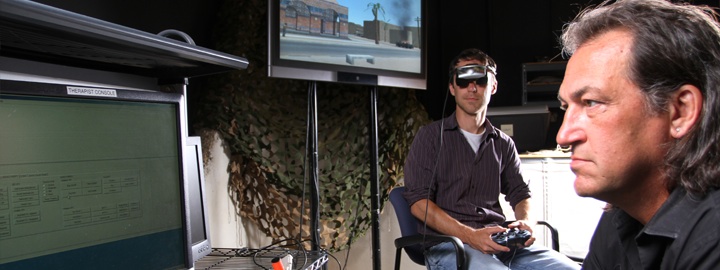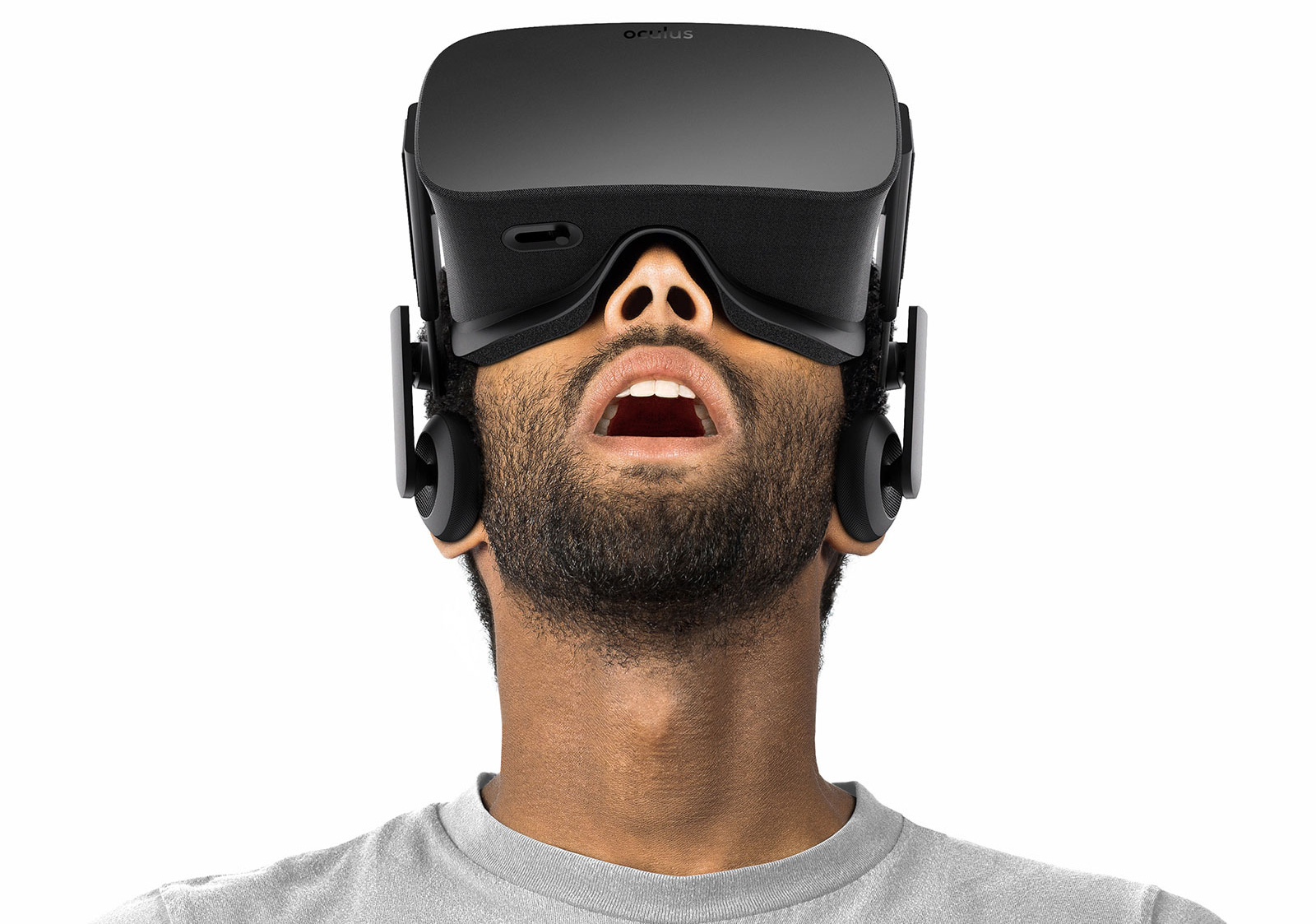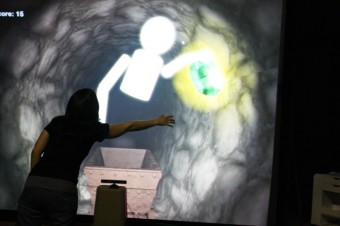
When Virtual Reality Is Your Health Treatment Option
Virtual reality – we’ve been hearing a lot about the computer technology that reproduces entire environments and simulates a user’s presence to artificially create sensory experiences, especially with recent releases like Oculus Rift and the Samsung Gear VR devices.

While the goal of most virtual reality (VR) products on the market is to enhance gaming and entertainment experiences, one area where virtual reality has been on the rise is within the medical field.
First, a bit about VR. The technology’s roots extend way back into the early 20th century with the introduction of mechanical simulators such as the training rig for the Antoinette Aircraft and electrical flight simulators. One such simulator was patented in the United States as early as 1929.
In 1945, Wright Edwin Herbert patented various systems for the projection of stereoscopic cinematograph images, which also contributed to the technology as we know it.
In the latter part of the century, virtual reality contributions were a bit more advanced and included film special effects, bend-sensing gloves, transparent head-mounted displays, and an SGI Reality Engine, which all led to the initial coining of the term “virtual reality” in 1989 by Jaron Lanier, CEO of VPL Research – the first company to ever sell VR products.
Now, VR offers users hands-on virtual worlds and mixed augmented reality in the form of (fairly) inexpensive mass-produced headsets and researchers are reaping the benefits of virtual reality tech advancements and applying them to the medical field.
For example, psychiatrists from the University of Louisville are incorporating VR into treatment for patients to overcome phobias, the University of Washington has been working on a VR video game for pain management treatment, and Stanford University has a surgery simulator for doctors in training.
That’s only the beginning.
At the University of Southern California, there’s an entire lab dedicated to developing medical treatments based on virtual reality technology.
USC’s Institute for Creative Technology was established in 1999 and Dr. Albert “Skip” Rizzo is the director of its MedVR Lab.
Rizzo’s interest in VR for medical applications was sparked when he witnessed a cognitive rehabilitation patient engage with a Gameboy for extended periods of time – a task that was deemed nearly impossible and quite challenging for this form of patient.

From that point, he realized that computer technology could potentially be used to turn mundane rehabilitation into a game-like context and, quite possibly, generate results that had formerly been unachievable.
“If we could build simulators of everyday environments, we may be able to make a difference in how we treat patients,” said Rizzo.
At the time of his revelation in the 1990s, VR tech wasn’t quite where it is today, but “incrementally technology has evolved,” making these treatment options more feasible and versatile.
Rizzo expanded his thoughts on VR for rehab to address psychiatric, cognitive, and physical therapies.
To him, physical therapy could be turned into a game.
In 2003, with heightened military personnel overseas, he began anticipating a future need for a PTSD treatment that incorporated VR as well. The idea attracted Naval officials and a PTSD device prototype was eventually funded.
During his time with MedVR, Rizzo’s application repertoire has grown to even include the development of virtual humans that can be used for military training purposes and cultural sensitivity exercises.
The lab has even received funding to create a VR system that hones the interview skills of those affected by Autism.

It’s all possible now because equipment is less expensive than it used to be and includes better graphics and software.
While Rizzo admits that not every treatment should be virtualized, the technology being created in the MedVR Lab is intended for those who don’t necessarily benefit from traditional therapies, in order to provide alternative approaches.
“We leverage what we know works and then incorporate VR to amplify the effect,” said Rizzo.
Some of the lab’s main areas of focus include mental and behavioral health, game-based rehab, neurocognitive assessment and training, and virtual humans. The lab deals with solutions for conditions such as anxiety, autism, and even addiction.
For example, one way to implement VR into addiction treatment is to simulate a virtual environment and, through cue exposure, teach the addict how to handle conditions that may prompt a relapse – all while in the confines of a rehabilitation center, away from harmful substances that could jeopardize his or her recovery.
With equipment that surpasses anything the field has ever seen before, as well as years of supporting mental health research, medical virtual reality is on the brink of conducting a whole new era of mental health research studies that aims to support its confidence in immersive realities as a treatment option.
Learn more about what Skip and his fellow researchers concoct in their lab:

Comments are closed, but trackbacks and pingbacks are open.